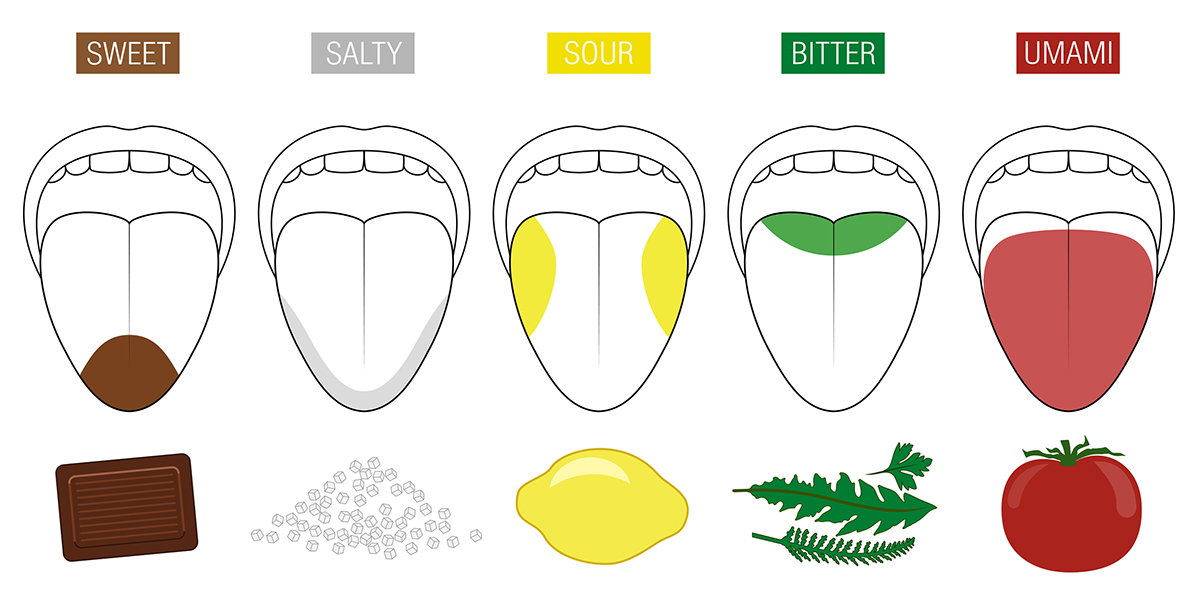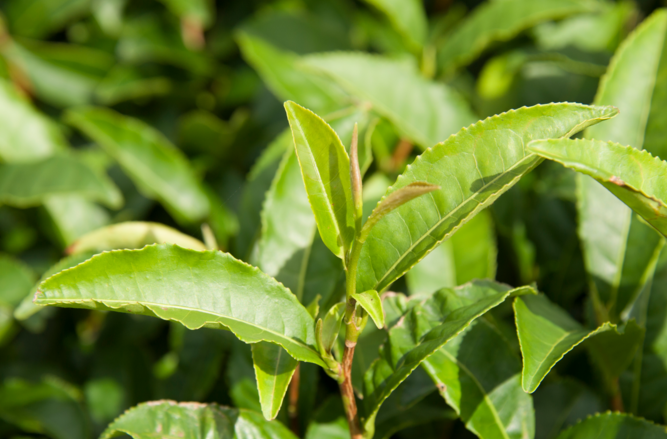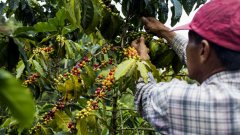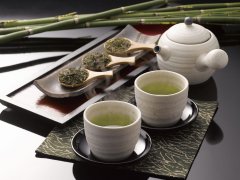The efficacy, function and nutritional value of tea what are the harm and ten advantages of drinking tea for a long time
The production process of good tea can be said to be an art. The tea maker has to consider countless variables at every step. The influence of sunlight is one of many variables, and the "Omuroi-shita" technology implemented in Japan makes it the focus.
In the production of high-end teas such as matcha, Japanese-style tea and Japanese-style tea, the whole tea tree is covered with a thick layer of straw or dark nylon cloth to block out the sun in the 2-3 weeks before turning green. This is called o-oi-shi-ta, which literally means under the cover.
Japanese tea research experts believe that planting tea trees in this dense shade will increase the content of chlorophyll, making the tea strong green (in the case of jade dew tea), while matcha brew tea is fleshy and emerald green. It also leads to higher levels of amino acids, especially l-theanine, which is said to give tea a "fresh" taste.
Fresh taste is a kind of "salty taste", which is regarded by the Japanese as the "fifth" taste besides sweet, bitter, salty and sour. This is a satisfactory attribute.

In other traditional tea-growing areas, it is important to plant "shade trees" in tea gardens. However, this approach and motivation are very different from those in Japan.
In other countries, trees are planted in tea gardens to fix nitrogen, preserve soil, retain water, use fallen leaves to fertilize, and even control pests. The shade provided by trees is considered necessary to block the strong summer sun, where the ambient temperature can exceed 90 degrees Fahrenheit.
Although shading trees do not directly recognize the taste of tea in traditional tea gardens, a study claims that tea grows in the shade "with lower levels of catechins (which lead to less astringent drinks) and increased levels of carotenoids and chlorophyll (which may assist in aroma production)."

Interestingly, the bitterness in tea is caused by catechins rather than chlorophyll. Although it is desirable to reduce the bitterness in tea, does a reduction in catechins mean a reduction in beneficial ingredients in tea? Or can the amino acids rich in high-end teas such as matcha and Japanese tea make up for the loss of catechins?
Interestingly, when studying the health benefits of chlorophyll, we found that there are a large number of chlorophyll-based "health supplements" on the market. Obviously, chlorophyll alone has its own list of health statements!
Important Notice :
前街咖啡 FrontStreet Coffee has moved to new addredd:
FrontStreet Coffee Address: 315,Donghua East Road,GuangZhou
Tel:020 38364473
- Prev

Brazilian coffee farmers turn to grow Robusta Arabica coffee beans decline.
There is no doubt that climate change has had a profound impact on the coffee industry, and a Reuters article on August 16th revealed the rise of Robusta Coffee. Farmers in Brazil, the world's largest producer of coffee beans and Arabica coffee beans, are turning to robusta coffee beans, which are more intense and unpleasant. There are signs table
- Next

The harm and effect of long-term drinking Yunnan black tea Yunnan black tea is suitable for whom to drink
1. Under the combined action of caffeine and aromatic substances in Yunnan black tea, diuresis can increase renal blood flow, increase glomerular filtration rate, dilate renal microvessels, inhibit water reabsorption of renal tubules, and increase urine volume. This helps to eliminate lactic acid, uric acid (associated with gout), excess salt (associated with high blood pressure), harmful substances, etc., and relieve water caused by heart disease or nephritis
Related
- Beginners will see the "Coffee pull flower" guide!
- What is the difference between ice blog purified milk and ordinary milk coffee?
- Why is the Philippines the largest producer of crops in Liberia?
- For coffee extraction, should the fine powder be retained?
- How does extracted espresso fill pressed powder? How much strength does it take to press the powder?
- How to make jasmine cold extract coffee? Is the jasmine + latte good?
- Will this little toy really make the coffee taste better? How does Lily Drip affect coffee extraction?
- Will the action of slapping the filter cup also affect coffee extraction?
- What's the difference between powder-to-water ratio and powder-to-liquid ratio?
- What is the Ethiopian local species? What does it have to do with Heirloom native species?

